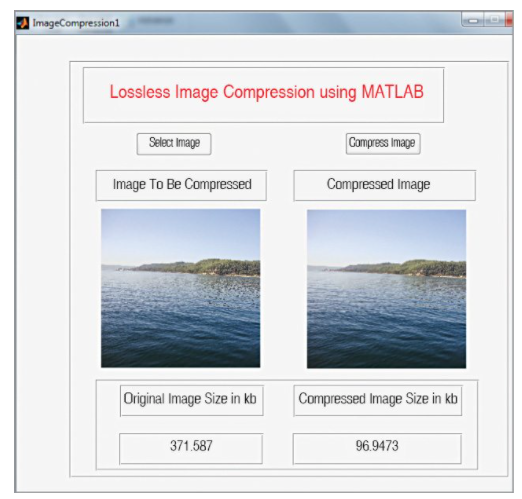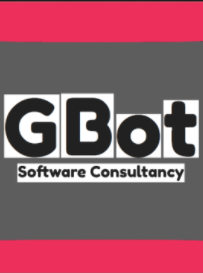Using In-text Citation
Include an in-text citation when you refer to, summarize, paraphrase, or quote from another source. For every in-text citation in your paper, there must be a corresponding entry in your reference list.
APA in-text citation style uses the author’s last name and the year of publication, for example: (Field, 2005). For direct quotations, include the page number as well, for example: (Field, 2005, p. 14). For sources such as websites and e-books that have no page numbers, use a paragraph number. More information on citing sources without pagination is given on the APA Style web page.
Example paragraph with in-text citation
A few researchers in the linguistics field have developed training programs designed to improve native speakers’ ability to understand accented speech (Derwing, Rossiter, & Munro, 2002; Krech Thomas, 2004). Their training techniques are based on the research described above indicating that comprehension improves with exposure to non-native speech. Derwing et al. (2002) conducted their training with students preparing to be social workers, but note that other professionals who work with non-native speakers could benefit from a similar program.
References
Derwing, T. M., Rossiter, M. J., & Munro, M. J. (2002). Teaching native speakers to listen to foreign-accented speech. Journal of Multilingual and Multicultural Development, 23(4), 245-259.
Krech Thomas, H. (2004). Training strategies for improving listeners’ comprehension of foreign-accented speech (Doctoral dissertation). University of Colorado, Boulder.
General Guidelines
In-text references should immediately follow the title, word, or phrase to which they are directly relevant, rather than appearing at the end of long clauses or sentences. In-text references should always precede punctuation marks. Below are examples of using in-text citation.
Author’s name in parentheses:
One study found that the most important element in comprehending non-native speech is familiarity with the topic (Gass & Varonis, 1984).
Author’s name part of narrative:
Gass and Varonis (1984) found that the most important element in comprehending non-native speech is familiarity with the topic.
Group as author:
First citation: (American Psychological Association [APA], 2015)
Subsequent citation: (APA, 2015)
Multiple works: (separate each work with semi-colons)
Research shows that listening to a particular accent improves comprehension of accented speech in general (Gass & Varonis, 1984; Krech Thomas, 2004).
Direct quote: (include page number)
One study found that “the listener’s familiarity with the topic of discourse greatly facilitates the interpretation of the entire message” (Gass & Varonis, 1984, p. 85).
Gass and Varonis (1984) found that “the listener’s familiarity with the topic of discourse greatly facilitates the interpretation of the entire message” (p. 85).
Note: For direct quotations of more than 40 words, display the quote as an indented block of text without quotation marks and include the authors’ names, year, and page number in parentheses at the end of the quote. For example:
This suggests that familiarity with nonnative speech in general, although it is clearly not as important a variable as topic familiarity, may indeed have some effect. That is, prior experience with nonnative speech, such as that gained by listening to the reading, facilitates comprehension. (Gass & Varonis, 1984, p. 77)
Works by Multiple Authors
APA style has specific rules for citing works by multiple authors. Use the following guidelines to determine how to correctly cite works by multiple authors in text. See pages 174-176 of the manual.
Note: When using multiple authors’ names as part of your narrative, rather than in parentheses, always spell out the word and. For multiple authors’ names within a parenthetic citation, use &.
See chart on page 177 of the manual for useful information on authors.
One author: (Field, 2005)
Two authors: (Gass & Varonis, 1984)
Three to five authors:
First citation: (Tremblay, Richer, Lachance, & Cote, 2010)
Subsequent citations: (Tremblay et al., 2010)
Six or more authors: (Norris-Shortle et al., 2006).
Example paragraph with in-text citation
A few researchers in the linguistics field have developed training programs designed to improve native speakers’ ability to understand accented speech (Derwing et al., 2002; Thomas, 2004). Their training techniques are based on the research described above indicating that comprehension improves with exposure to non-native speech. Derwing et al. (2002) conducted their training with students preparing to be social workers, but note that other professionals who work with non-native speakers could benefit from a similar program.
References
Derwing, T. M., Rossiter, M. J., & Munro, M. J. (2002). Teaching native speakers to listen to foreign-accented speech. Journal of Multilingual and Multicultural Development, 23(4), 245-259.
Thomas, H. K. (2004). Training strategies for improving listeners’ comprehension of foreign-accented speech (Doctoral dissertation). University of Colorado, Boulder.
Note: As you can see the citation Derwing et al., 2002 will be display at reference with also the name Derwing. So the reader know that citation refer to which reference.
Citing Web Pages In Text
Cite web pages in text as you would any other source, using the author and date if known. If the author is not known, use the title and the date as the in-text citation (for long titles just use the first few words). Your in-text citation should lead your reader to the corresponding entry in the reference list. For sources with no date use n.d. (for no date) in place of the year: (Smith, n.d.). Below are examples of using in-text citation with web pages.
Web page with author:
In-text citation:
Role-play can help children learn techniques for coping with bullying (Kraiser, 2011).
Reference entry:
Kraizer, S. (2011). Preventing bullying. Retrieved from http://safechild.org/categoryparents/preventing-bullying/
Web page with no author:
In-text citation:
The term Nittany Lion was coined by Penn State football player Joe Mason in 1904 (All things Nittany, 2006).
Reference entry:
All things Nittany. (2006). Retrieved from http://www.psu.edu/ur/about/nittanymascot.html
Web page with no date:
In-text citation:
Establishing regular routines, such as exercise, can help survivors of disasters recover from trauma (American Psychological Association [APA], n.d.).
Reference entry:
American Psychological Association. (n.d.). Recovering emotionally from disaster. Retrieved from http://www.apa.org/helpcenter/recovering-disasters.aspx
APA Citation
- One author: (Field, 2005)
- Two authors: (Gass & Varonis, 1984)
- Three or more authors: (Tremblay et al., 2010)



